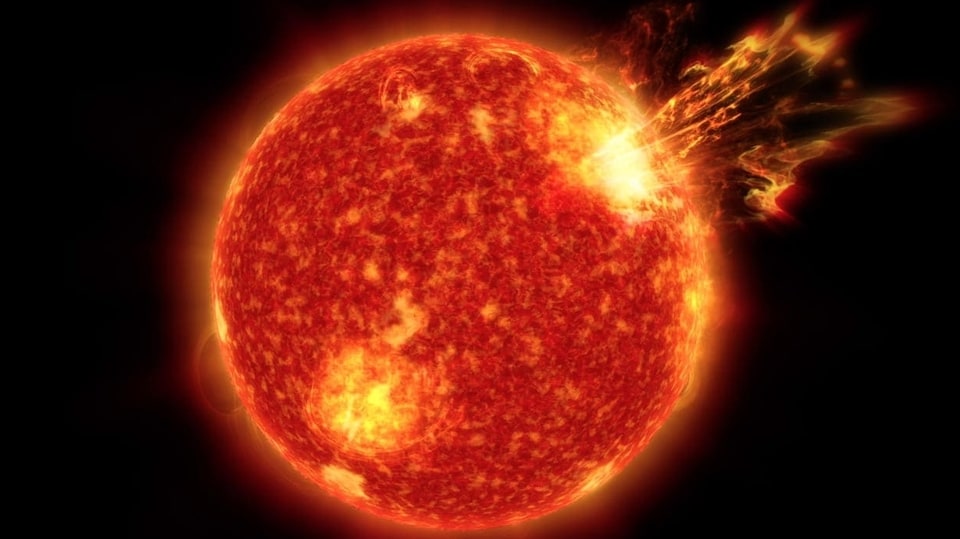Terrifying solar storm strikes Earth! Carried by solar winds moving at 500 km/s
Earth was struck by a powerful solar storm event today, December 9, with solar winds traveling as fast as 500 km per second. More storms are expected to follow.






 View all Images
View all ImagesIn the last couple of days, the threat of fast-moving solar winds has been building up for Earth. An active region on the Sun spewed these magnetized solar particles towards the Earth which have been galloping towards the Earth at a reckless speed of 500 kilometers per second. Yesterday, the first batch of these solar winds struck the Earth and created a co-rotating interaction region (CIR), a hole in the magnetosphere of our planet. As a result, these subsequent solar winds will have an easier time getting inside our atmosphere and they can cause an intense solar storm event. Read on to know the consequences of these solar storms.
The development was reported by SpaceWeather.com which stated, “Earth is entering a stream of high speed (> 500 km/s) solar wind flowing from a canyon-shaped hole in the Sun's atmosphere. This could cause minor G1-class solar storms and auroras around the Arctic Circle”.
Solar storm strikes the Earth
According to the current prediction, the solar storm will be limited to G1-class, however, the abovementioned CIR can amplify even the minor solar storms to a more intense form. At its current stage, not much is expected from these magnetic disturbances. Apart from aurora formation, they can often disrupt GPS systems and radio communication over the region with the highest concentration of the magnetic fields. This can lead to delays in flight and ship timings.
The strongest solar storms (which can be as high as G5-class) can damage satellites, impact mobile networks and internet connectivity as well as cause power grid failure. Although humans will not be directly impacted by the radiation, due to disruptions to emergency services and power outages at places of high importance, it can still cause a high number of deaths.
The tech arsenal of NOAA
One of the major entities who observe and predict such atmospheric disturbances is the National Oceanic and Atmospheric Administration. It has an arsenal of satellites floating around the Earth which observe our planet and outer space to analyze and understand what causes different weather phenomena. One such tech marvel is the NOAA-20 satellite. It is a polar-orbiting, non-geosynchronous, environmental satellite, part of the Joint Polar Satellite System.
It crosses the equator about 14 times daily, providing full global coverage twice a day. This gives meteorologists information on atmospheric temperature and moisture, clouds, sea-surface temperature, ocean color, sea ice cover, volcanic ash, fire detection and more.
Catch all the Latest Tech News, Mobile News, Laptop News, Gaming news, Wearables News , How To News, also keep up with us on Whatsapp channel,Twitter, Facebook, Google News, and Instagram. For our latest videos, subscribe to our YouTube channel.
































